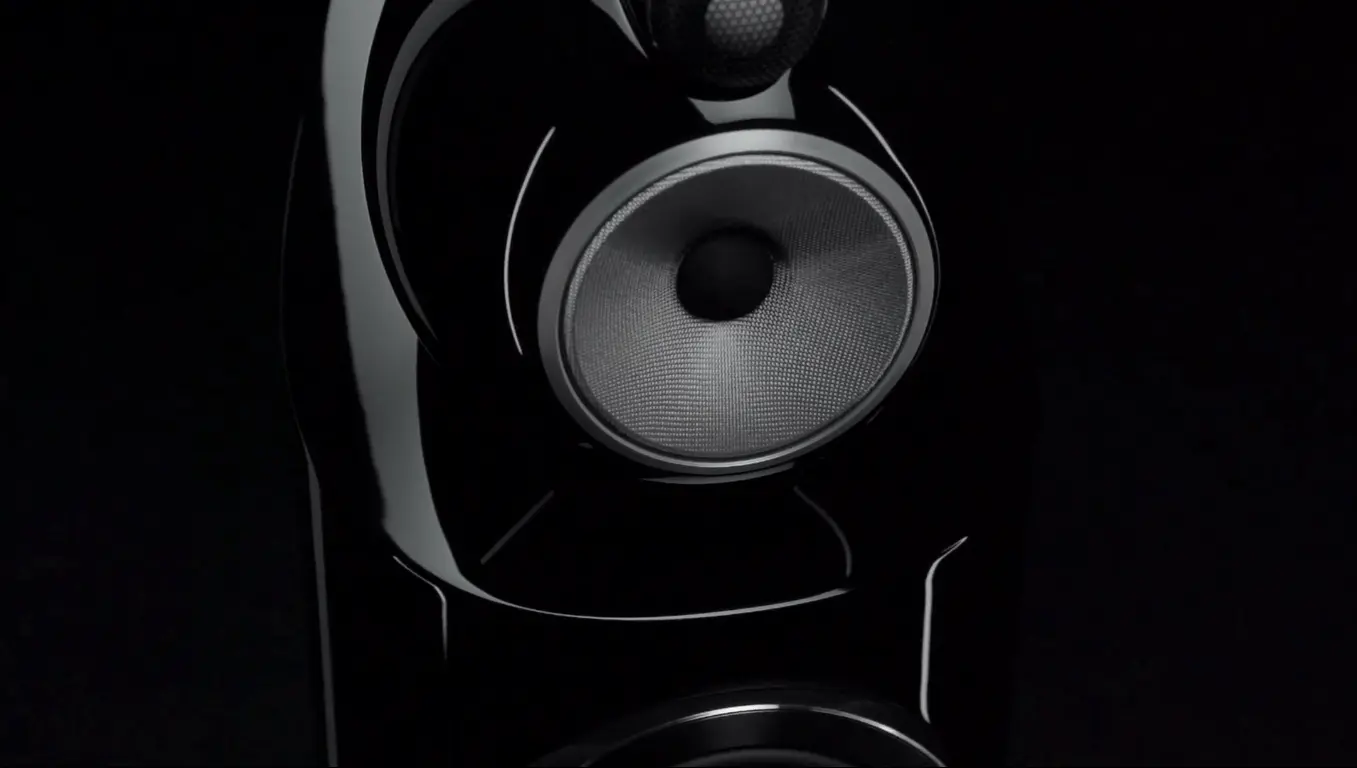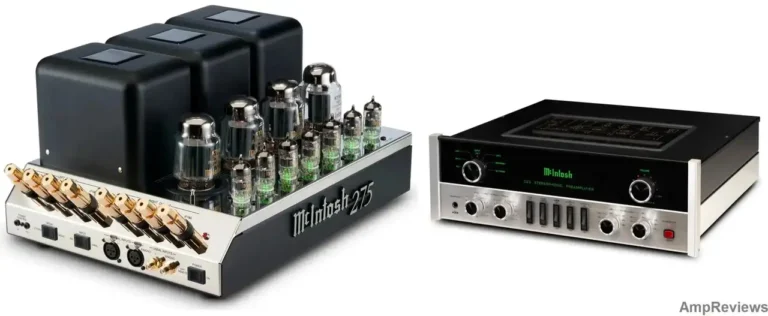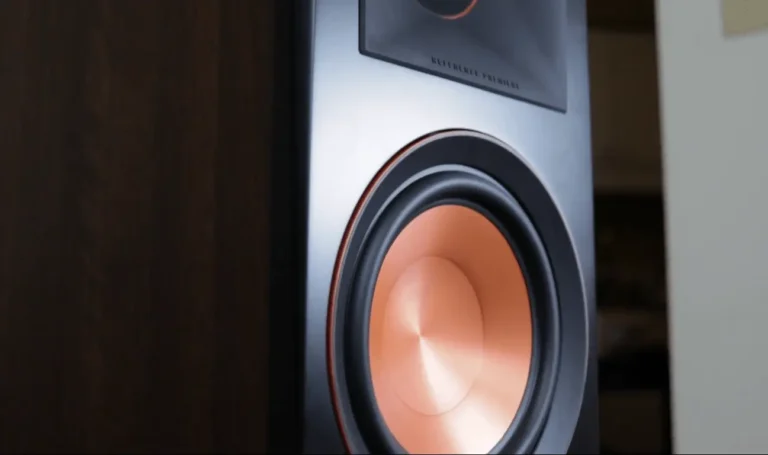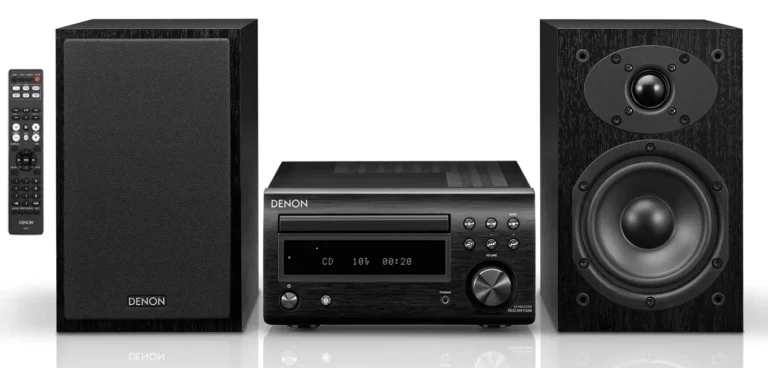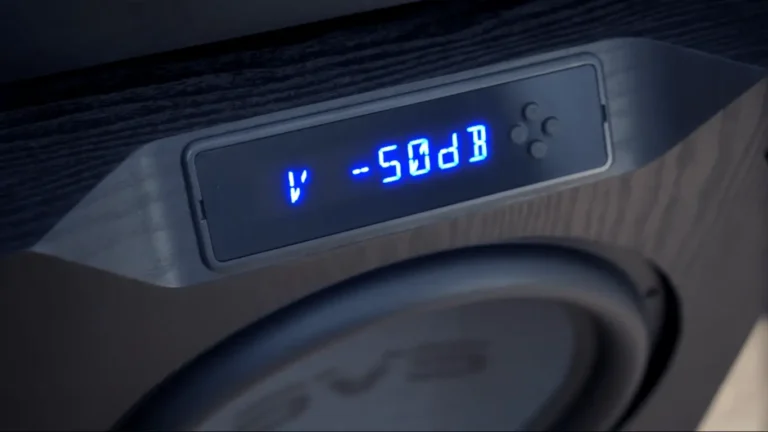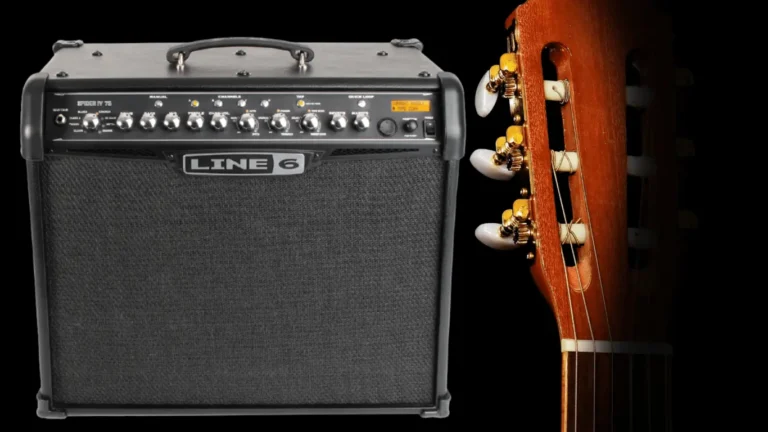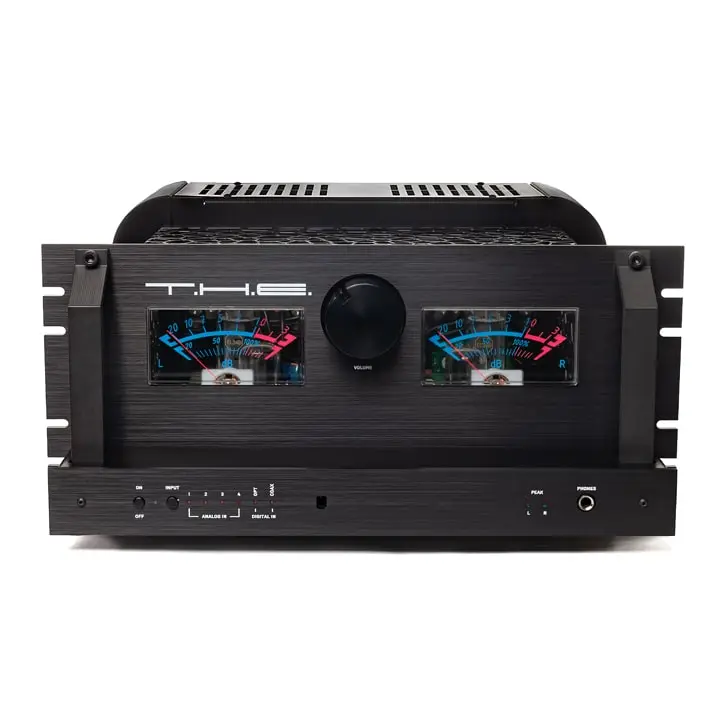I Tried the $30,000 B&W 800 D3, Here’s What Nobody Tells You
When Bowers & Wilkins, the legendary English audio company, releases a new flagship speaker, the entire audiophile world stops and listens. For decades, their speakers have been market-defining hits. This time, we’re looking at the pinnacle of their catalog: the B&W 800 D3.
This isn’t just an update; it’s a statement. B&W spent nearly eight years redesigning this speaker from the ground up, keeping only the iconic diamond dome tweeter from the previous generation.
So, what does the company’s reference-standard speaker sound like today? After spending extensive time with them, I can tell you this: they might be the most technically perfect speakers I’ve ever heard. However, that perfection comes with a personality that you need to understand before considering them.
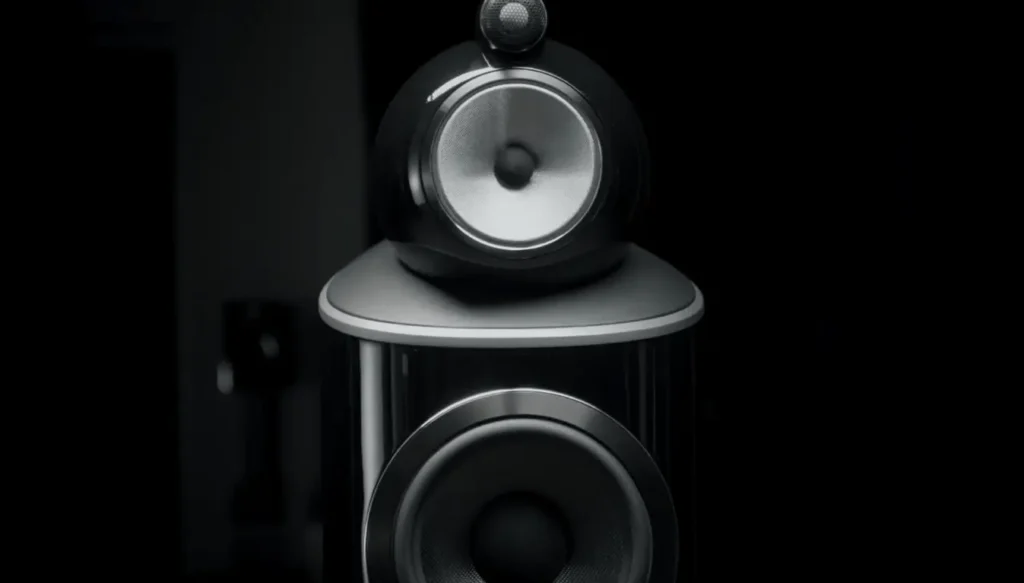
A Design Dictated by Science
The first thing you notice about the B&W 800 D3 is its breathtakingly complex and original design. This isn’t just for looks. Every curve, every material, and every separated component is the result of B&W’s massive investment in research and development. This is a company that engineers its components, driven by technical necessity rather than designer trends.
The “Turbine Head” and Tweeter Housing. The midrange driver and tweeter aren’t in the main cabinet. They’re housed in separate, teardrop-shaped aluminum enclosures.
- The 6-inch midrange driver lives in the “Turbine Head,” a solid block of aluminum, internally braced and rounded to eliminate resonance.
- The 1-inch diamond dome tweeter sits above it in its elongated aluminum housing, decoupled from the head to dampen any unwanted vibration. This separation is key to the speaker’s incredible clarity.
The Foundation and Bass Port. The speaker rests on a solid, cast-aluminum base. It arrives on wheels for easy positioning, but its final placement is on a set of integrated spikes that you deploy with a supplied tool, lifting the speaker off the wheels for maximum stability.
Crucially, the bass reflex port fires downwards into this base. This brilliant design choice makes the B&W 800 D3 surprisingly flexible with room placement, eliminating the boominess that can occur when ports are placed on the rear wall. B&W recommends at least 50cm (about 20 inches) from the back and side walls, which is very reasonable for a speaker of this stature.
The Holy Trinity: Diamond, Continuum, and Aerofoil
The magic of these high-end speakers lies in their bespoke drivers.
- The Diamond Dome Tweeter: This is the only component carried over from the previous generation, and for good reason. It’s incredibly light, unbelievably rigid, and capable of breathtaking high-frequency detail. B&W has wisely made the protective mesh non-removable without a special tool, protecting the fragile and expensive dome.
- The Continuum™ Cone Midrange: The iconic yellow Kevlar cones of past models are gone, replaced by a new woven material called Continuum. This silvery, translucent cone is designed for perfect piston-like motion, delivering a midrange that is astonishingly clean and uncolored.
- The Aerofoil™ Bass Cones: The two massive 10-inch woofers are made from a new material called Aerofoil. It’s a light polymer foam sandwiched between two layers of carbon fiber, creating a cone that is both incredibly light and immensely stiff. This allows the woofers to produce deep, powerful bass with speed and control, free from distortion.
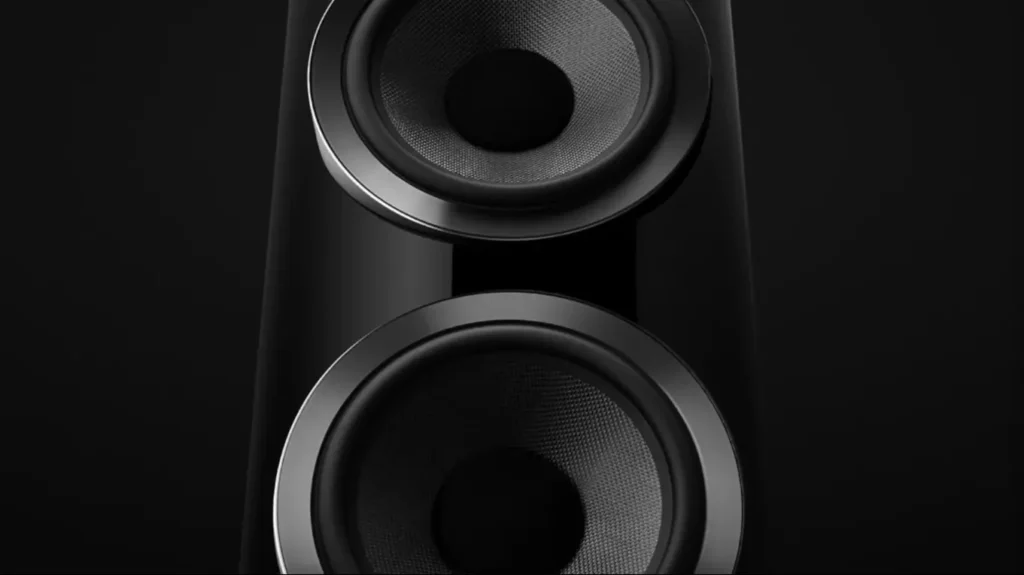
The Listening Test:
I tested the B&W 800 D3 with a high-end Esoteric and PS Audio system, more than capable of providing the power and resolution these speakers demand. My goal wasn’t to just hear how they play rock music, but to understand their core character across various genres.
On Jazz & Acoustic Music (Bill Crow Quartet): The first impression was of a sound that is strict, fast, and incredibly clear. The unique character of the Venus Records recording was audible, but it wasn’t exaggerated. The sound was large-scale, and the bass control was impeccable, but there was no added warmth or “bloom.” These speakers don’t whisper sweet nothings; they present the unvarnished truth of the recording with immense confidence. Detail is high, but the focus is on the core instruments and playing technique, not on “studio air” or romantic ambiance.
On Vocals (Coralie Clement): Again, the speakers demonstrated a restrained and neutral character. Coralie Clement’s expressive vocals were presented accurately, without being pushed forward or artificially sweetened. The soundstage was massive and powerful, yet the emotional delivery was dictated purely by the music, not colored by the speakers. This is a speaker that prioritizes honesty and dynamic rhythm over manufactured “audiophile goosebumps.”
On Complex & “Difficult” Recordings (My Dying Bride, DJ Krush): This is where the B&W 800 D3’s strengths truly shine.
- On DJ Krush’s “Zen,” the dynamics and bass were simply phenomenal. The sound was incredibly fast, with immense pressure and drama, but never felt heavy or slow.
- On the dense, “dirty” recording of My Dying Bride, the speakers cut through the mix with intelligibility that is far above average. They played the heavy music with a straightforward, assertive honesty.
On Classical & Piano (Biber, Berlinskaya): The performance remained precise, strict, and dynamically excellent. However, on delicate piano passages, their “forceful handwriting” was less of a clear advantage. The sound was correct and accurate, but perhaps missed a layer of delicate nuance and free-flowing interpretation that some other high-end speakers might provide. They reveal the character of the recording itself, for better or worse.
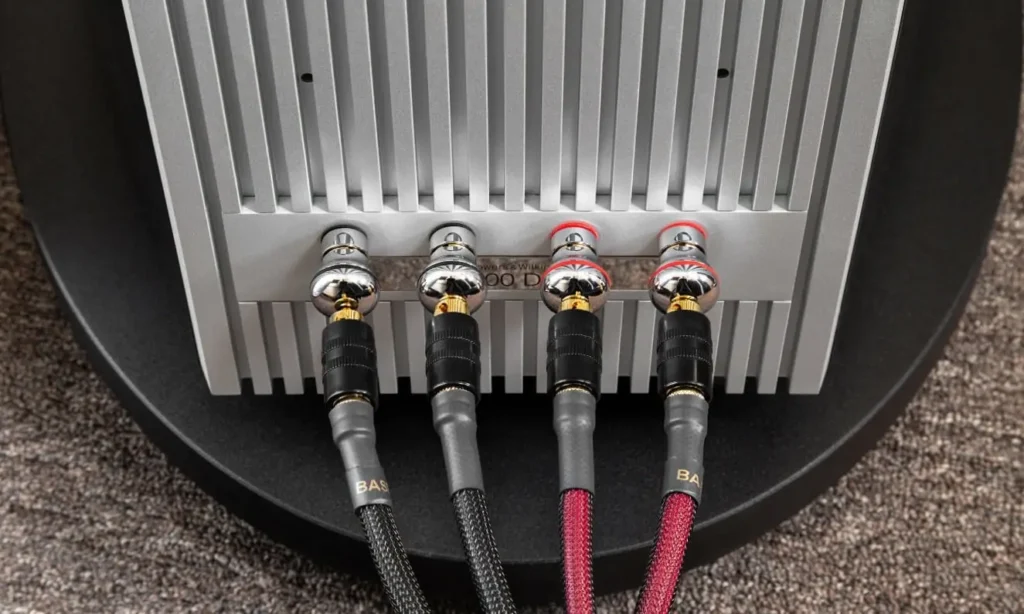
Conclusion
These speakers are the perfect result of Bowers & Wilkins’ years of research and refinement. The sound is so well-balanced that it’s hard to imagine how it could be improved. At this point, any changes would either be unnecessary or would turn it into something completely different. The design feels complete, with no missing pieces.
Of course, as always with B&W, these speakers won’t be for everyone. Some people will love their sound for years, while others may never like it. In the end, it all comes down to personal taste, so the debate will go on.
Bowers & Wilkins 800 D3 Specifications
General
- Type: 3-way floorstanding speaker
- Enclosure: Bass-reflex (ported)
- Finish Options: Gloss Black, Rosenut, Satin White
Drivers
- Tweeter: 1″ Diamond dome
- Midrange: 6″ Continuum cone (FST – Fixed Suspension Transducer)
- Bass Drivers: 3 x 8″ Aerofoil cone (with dual Flowports)
Performance
- Frequency Response: 17Hz – 28kHz (±3dB)
- Sensitivity: 90dB (2.83V @ 1m)
- Nominal Impedance: 8Ω (minimum 3.1Ω)
- Recommended Amplifier Power: 50W – 500W
Dimensions & Weight
- Height: 1200mm (47.2″)
- Width: 340mm (13.4″)
- Depth: 540mm (21.3″)
- Weight: 100kg (220.5 lbs) each
Features
- Decoupled Tweeter Housing (Turbine Head)
- Matrix bracing for reduced cabinet resonance
- Dual Flowport bass ports for cleaner low frequencies
- Aluminum top plate & plinth for stability

